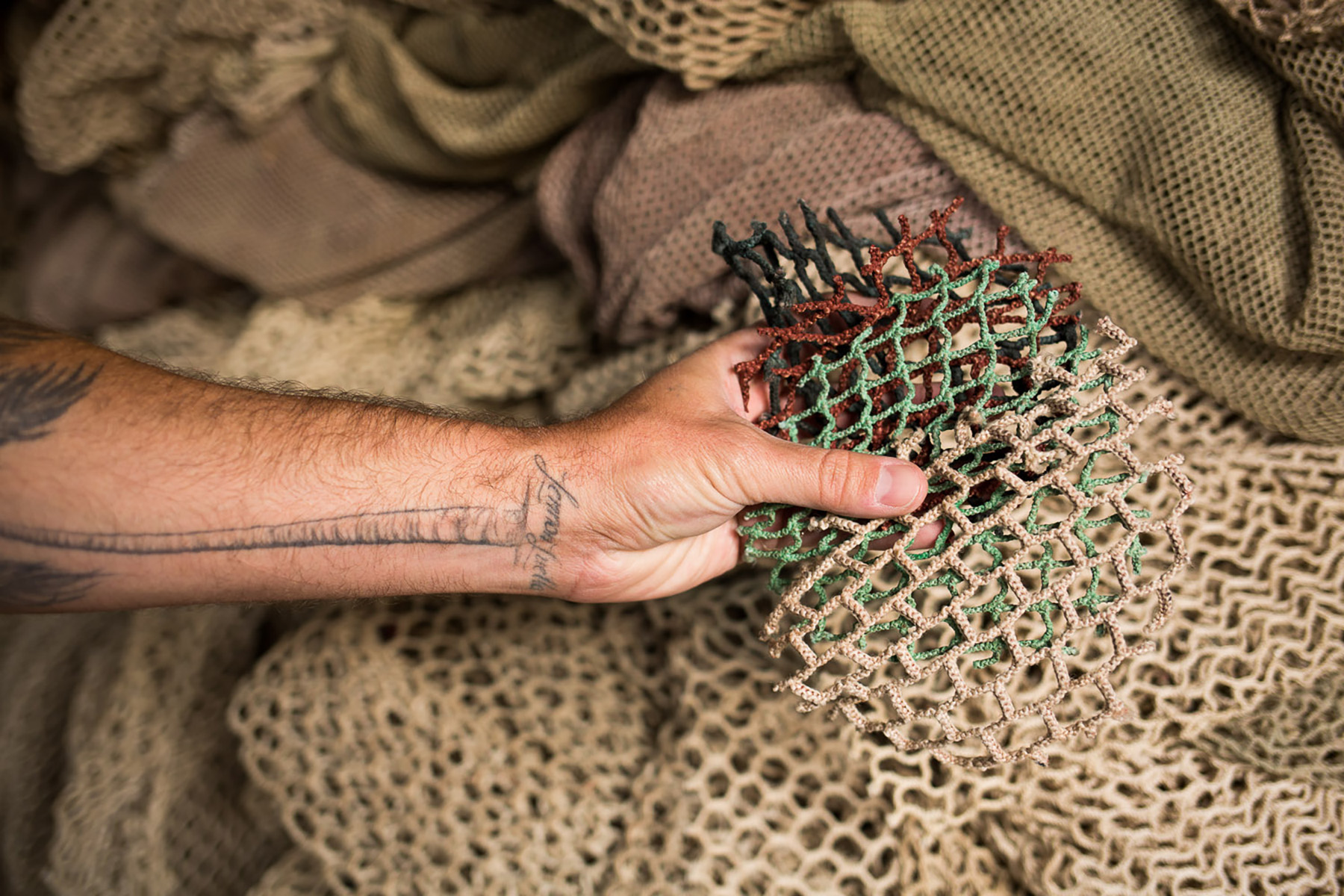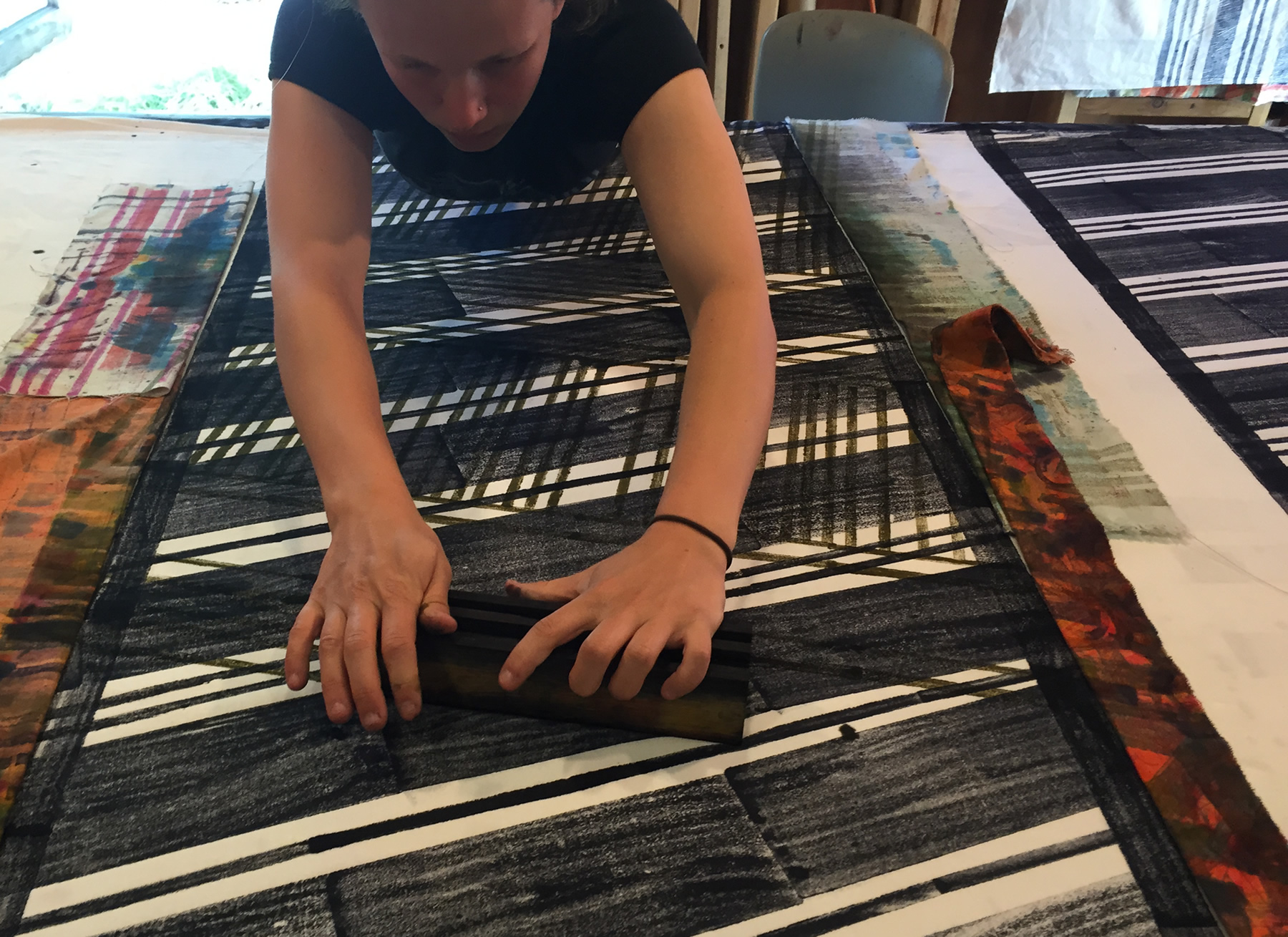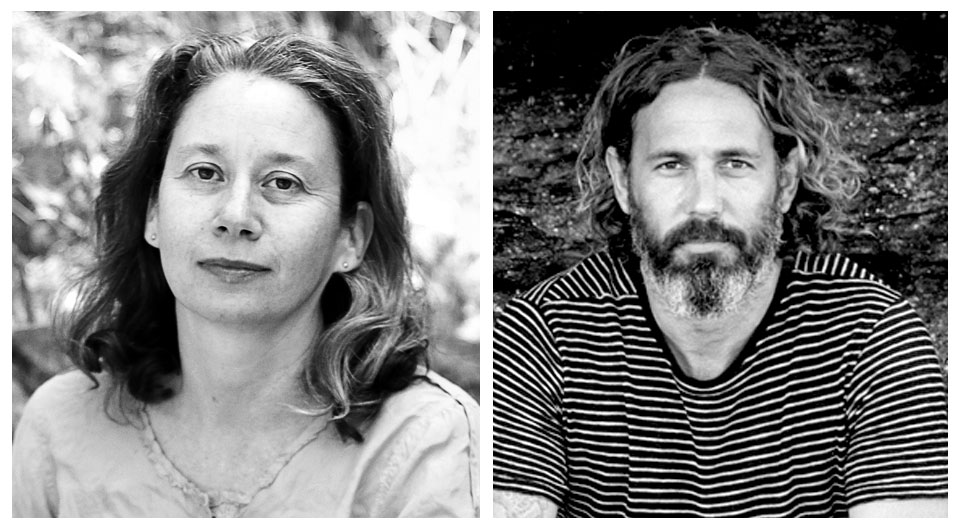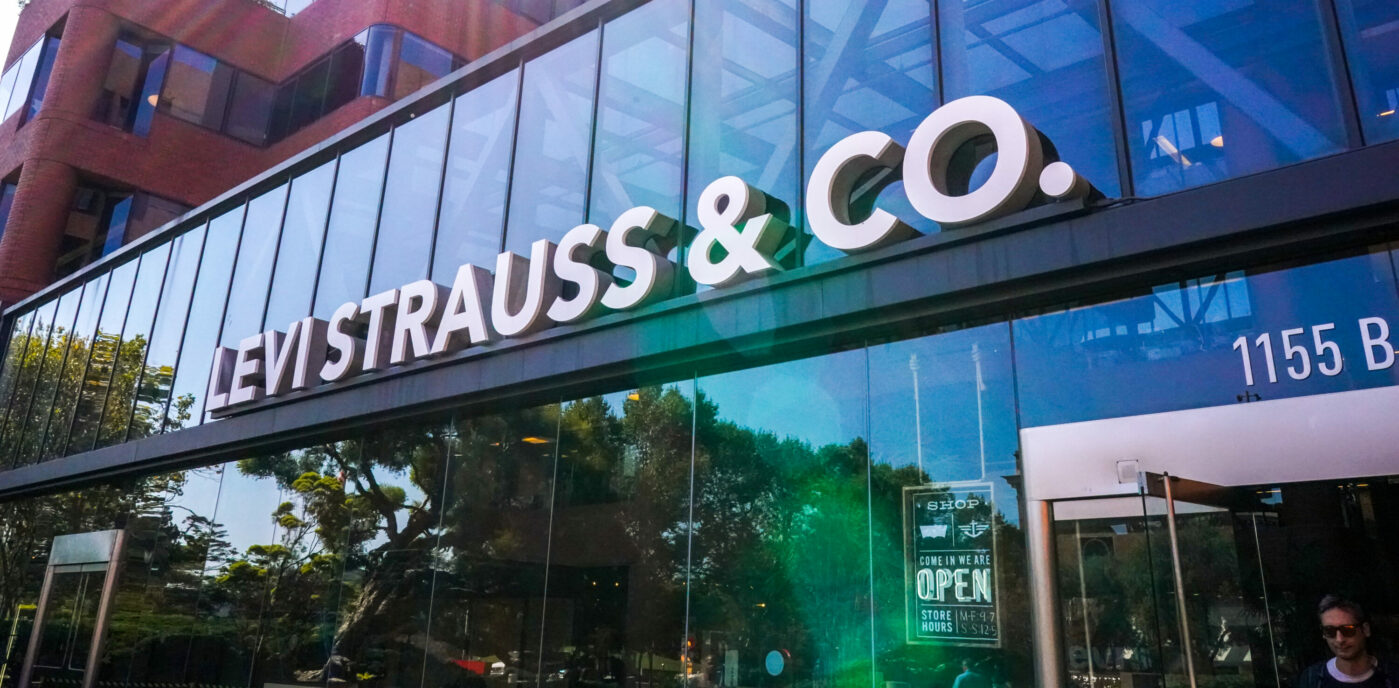Now through October we are highlighting the first class of LS&Co. Collaboratory fellows. These ten next-generation apparel leaders are making an outsized impact on their communities and we’re excited to take them behind our doors to expand their commitment to sustainable practices and reducing their water impact.
John Moore, co-founder and creative director of Outerknown, a sustainable menswear brand that blends function and style starting at the supply chain.

Tell us about your business and the work you do.
Outerknown creates responsibly-made clothing. We began working on the brand in 2013, but only shipped our first products a year ago. Along with my partner, Kelly Slater, we have a long history within the clothing business. I’ve spent almost two decades designing clothes, so being on the front lines of manufacturing all over the world, I have seen how dirty the process really is.
For Kelly, clothing endorsements have been something that supported his storied career as a professional athlete, and one day he realized he had no idea how they were being made, which didn’t sit well with him. He’s still competing at the highest level, and clean living is part of his daily routine. He thinks about everything he puts in his body, so why shouldn’t he take the same approach to considering everything that goes into the clothing we put on our bodies every day?
What does it mean to you to create a more socially and environmentally responsible apparel industry?
It means making mindful decisions in everything we do. We look deeply into the suppliers we partner with, vetting them to make sure they meet our code of conduct and have the same high expectations and commitment to responsibility that we do. This also means sharing the information we discover not only with our customers, but also within the industry in the hopes of inspiring a new normal around responsible manufacturing practices.
How important is water to what you do?
As surfers, we spend most of our lives in, and around, the water. As clothing manufacturers, water is essential to the entire process… the growing of fibers, the processing of materials and the finishing of goods. It’s in our best interest to conserve wherever we can and do our best to limit pollution, keeping the water clean for future generations. We want to surf clean oceans and drink clean water – the latter is something that many of us take for granted.
What do you hope to get out of participating in the LS&Co. Collaboratory?
In the three and a half years since we began the Outerknown journey, so much has changed. There were very few resources available to those of us that had a desire to build clothing in a more responsible way in the beginning of 2013. In our earliest days, you could say we were literally winging it with good intentions. We discovered that most of our existing relationships in the fashion business could not deliver on our responsible standards, so we had to construct an entirely new supply chain.
Further, as a start-up, we don’t have the buying power to persuade suppliers to think more responsibly. So it’s pretty special that LS&Co. has opened up its doors and created the Collaboratory to bring different minds and talents together around the common desire to do good. By allowing us access to their innovation, leadership and resources, we are increasing the dialogue amongst peers, and advancing our understanding of what is possible.
Water is at the core of this first fellowship, but this is so much bigger than water. It’s about sharing information and inspiring others. The big guys sharing with the little guys. I hope to come out smarter and better equipped for the road ahead, and if there are some tangible developments around product and process that we can fold into our business, even better.
What’s your Levi’s® story?
On a trip to the Rose Bowl flea market with my girlfriend when we first met 14 years ago, I bought a Levi’s trucker jacket for 10 bucks, ‘cause I loved the fit. It was vintage, but I don’t think it was worn much before I got it. It was basically rigid, deep blue, and had no discernable holes. Over the years it’s been the one item I’ve taken with me literally everywhere I go without fail. It’s been stained, torn, lost and then found (twice), and repaired so many times I can’t keep up. It just keeps getting better and better.
Miriam Dym, Founder of Dym | california textiles, a workshop focused on producing local, “slow” textiles.

Tell us about your business and the work you do.
My business produces hand block printed fabrics in California. I created it because, as a fabric designer, it was important for me to directly oversee how the fabric got produced. I also wanted to see if it was possible to use an ancient craft-manufacturing method (still used in parts of India and West Africa) here in North America. Our fabrics are typically used in interiors.
What does it mean to you to create a more socially and environmentally responsible apparel industry?
To be more socially and environmentally responsible, the whole supply chain needs to be brought into a sustainable model, with a focus on how and where fiber gets produced and processed, as well as an equal focus on educating consumers on how they take care of their clothes (and other soft goods) once they own them. Frequent washing and treating clothes as disposable are huge obstacles when it comes to reducing water and energy in apparel.
The next step, a difficult one, is to figure out an economic system that demands far, far less use of (new) apparel, textiles, and, really, all materials. If we use radically less, what does that look like for the viability of apparel manufacturers and for peoples’ livelihoods? How does localism play into this?
How important is water to what you do?
Water is hugely important. The process I use, printing with transparent dyes —which makes the fabric so beautiful —relies on water to work. When I started this project, I knew that I wanted to not only re-use water (for my water bill) but also not put any waste into the water system. Because my scale of operations are small, this part of my project has eluded me for a combination of logistical (time and energy!) and financial reasons. Yet I’m interested in using as little water as possible, here in Northern California, given the drought conditions.
What do you hope to get out of participating in the LS&Co. Collaboratory?
I’d like to find out what solutions others use, and to connect with people who share my combined passion for being in a product business and wanting real environmental solutions. Water use and materials’ extraction and manufacturing tend to be invisible, as they happen in fields and factories geographically distant from shopping malls. Which means I’m also interested in how the people who buy textiles and apparel can become more knowledgeable and become invested in their clothes to help the planet.
What’s your Levi’s® story?
Oh, wow, Levi’s®. In middle school and high school, we’d buy utilitarian clothes at a workwear store in my small hometown (pop. 25,000), always choosing Levi’s®, though I never did get the shrink-to-fits to fit the way I wanted. I now have a pair of gorgeous Levi’s® jeans that fit like a glove. I’m looking forward to mending and keeping them around as long as they fit.

Meet John and Miriam, Levi Strauss & Co. Collaboratory Fellows
September 6, 2016






